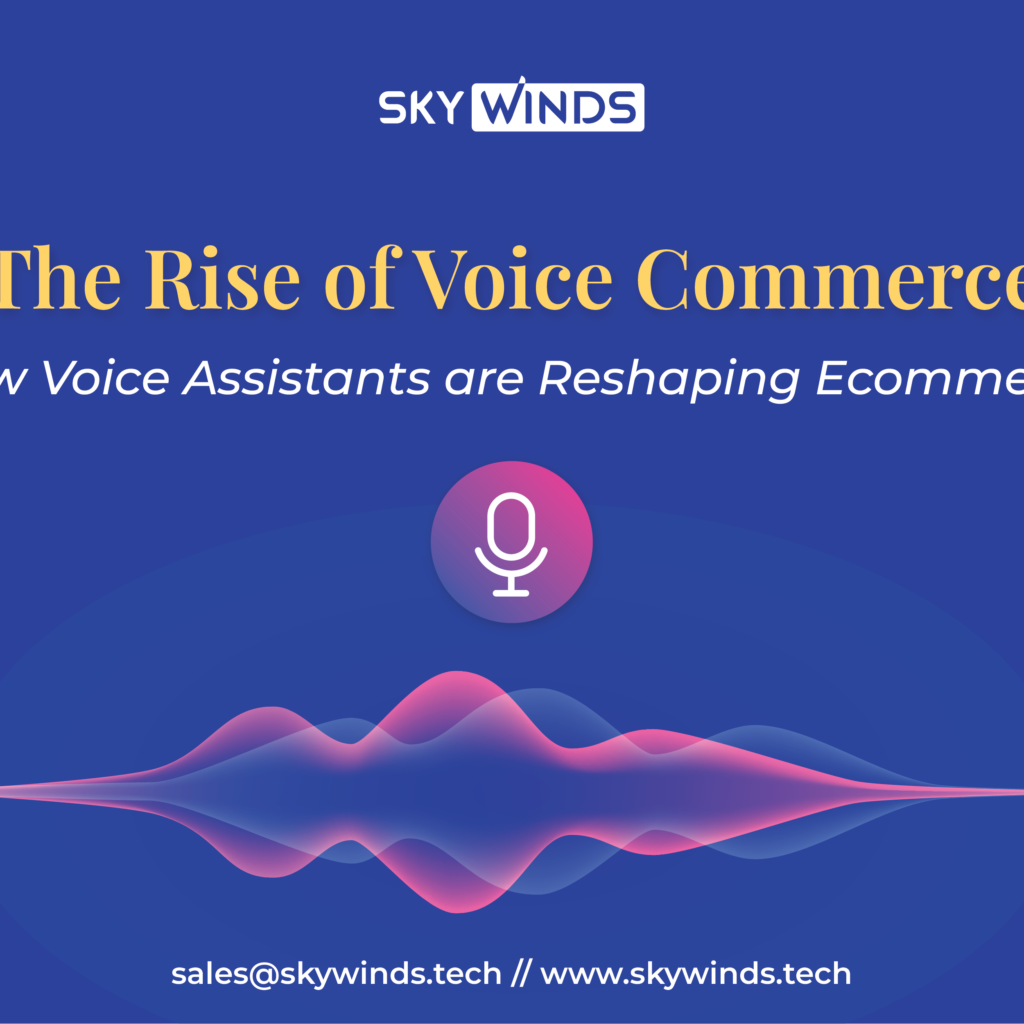
In today’s digital world, e-commerce is booming, with millions of people shopping online. But behind every successful e-commerce development company is a wealth of data waiting to be explored. That is where data science enters the picture, in which experts use advanced techniques to analyze large datasets and uncover valuable insights.
By understanding patterns and customer behaviors, businesses can make informed decisions, improve marketing strategies, streamline operations, and provide better customer experiences. It gives them a competitive advantage in the online marketplace.
Data science extends its reach far beyond web companies. For instance, L’Oreal, a renowned cosmetic company, harnesses the expertise of data scientists to investigate the impact of diverse cosmetic agents on various skin textures and compositions.
At Rolls Royce, data scientists scrutinize data gathered from airplane engines, enabling precise maintenance scheduling. Another remarkable example is Feedzai, a company utilizing data science algorithms to detect and prevent fraudulent activities.
These instances exemplify the diverse applications of data science across industries, showcasing its transformative potential beyond the realm of web-based enterprises. So, let’s embark on a journey through e-commerce data science and discover how the fusion of technology and data can revolutionize how businesses operate and thrive in the digital age.
What is E-commerce Data Science?
Data science is an interdisciplinary field that involves extracting insights and knowledge from large and complex datasets using statistical analysis, machine learning, and other analytical techniques. It encompasses data collection, cleansing, exploratory data analysis, and developing predictive models to understand patterns, make informed decisions, and solve complex problems.
In e-commerce, Data Science plays a crucial role in providing businesses with a deeper understanding of their customers. Businesses gain valuable insights by capturing and integrating data on customers’ web behavior, life events, purchase triggers, and channel interactions. In the e-commerce industry, several data trends have been observed:
- Approximately 60% of individuals research and engage with brands across multiple channels, such as mobile, social media, in-store, and websites.
- Customers who utilize various channels during their product search spend approximately one-third more than those without.
- Around 43% of retail sales in the United States are attributed to online transactions.
- Surprisingly, only 23% of UK retailers can effectively interpret data to make informed decisions, according to a survey conducted by eCommerce.
- Approximately 50% of UK retailers consider the need for business intelligence tools as a hindrance to harnessing the power of data science, while only 16% express confidence in their existing analytics solutions.
These trends highlight the growing momentum within the e-commerce industry while emphasizing the potential of data science to revolutionize customer shopping behavior. By leveraging data science, e-commerce businesses can optimize their marketing strategies, improve their marketing mix, and ultimately enhance profitability.
How to Use the Power of Data Science in E-commerce

To harness the power of data in e-commerce, you can follow the below-given suggestions:
- Recommended engines
Recommendation engines are essential tools for retailers. They use these engines to suggest products to customers based on what they have bought before. By giving recommendations, retailers can sell more and influence what people like.
You might have noticed this with Amazon and Netflix. When they recommend things to you, it’s because their engines have studied what you like and think you’ll enjoy.
How do these engines work? Well, they use advanced technology called machine learning and deep learning. These algorithms learn about each customer’s behavior, study what they like to buy, and then suggest things based on that information. That’s why when Netflix suggests a movie or TV show, it’s often something you’ll want to watch!
The same goes for Flipkart and Amazon. Flipkart suggests and gives discounts on products based on what you’ve searched for, asked about, reviewed, or bought before. Because let’s be honest, who can resist buying something they’ve always wanted, especially when it’s on sale? This complicated process involves reading and sorting through lots of data using a special machine-learning algorithm.
2. Market basket analysis
It’s been a long-standing data analysis tool that retailers have been using to make profits.
Market basket analysis is based on the idea that after buying a set of products, a customer will likely buy another related set of products. For example, ordering appetizers at a restaurant makes you more likely to order a main course or dessert. The collection of items a customer buys is called the item set, and the likelihood of the customer ordering the main course after the appetizers are called confidence.
In retail, customers often make impulse purchases, and market basket analysis takes advantage of this by predicting what the customer is most likely to buy and with which item.
In e-commerce development companies, the best way to find potential impulse buys is by analyzing consumer data, which includes how retailers sell a product. Like search recommendations, market basket analysis uses a machine learning or deep learning algorithm.
3. Price optimization
About 28% of people who shop in stores in the US use their mobile phones to find discounts, compare prices, and read reviews about products. Hence setting the right price for a product is a crucial task when selling to both customers and dealers or manufacturers. The price needs to cover the manufacturing cost while considering the customer’s ability to pay and considering competitor prices to ensure profitability.
Once again, machine learning algorithms play a vital role in this process. These algorithms analyze various factors from the data, such as price flexibility, customer location, individual customer buying behavior, and competitor prices. Based on this analysis, the algorithm determines the optimal price that benefits all parties.
This tool is yet another powerful and essential resource for retailers to effectively market their products, ensuring they are priced optimally to achieve the company’s business objectives.
4. Inventory management
Inventory represents the goods an organization keeps in stock to maintain a smooth supply chain. Managing inventory is crucial because it involves investing money in purchasing stock, and that capital still needs to be used. Retailers need to have the right amount of merchandise in stock to meet customer demand when the product is needed.
Advanced machine learning algorithms significantly analyze item-to-sales data to identify patterns and connections between purchases. Based on this analysis, analysts can develop strategies to increase sales, ensure timely delivery, and effectively control inventory.
5. Customer Sentiment Analysis
76% of people pause doing business with an e-commerce development company post two poor customer experiences. That proves how vital customer sentiment analysis is in today’s business world. But with the help of modern machine learning algorithms, it has become more accessible, automated, and time-efficient while still providing reliable insights.
Social media serves as a valuable tool for analysts to gauge customer sentiment. Through language processing, it identifies words that convey buyers’ positive or negative attitudes toward a brand. The e-commerce companies in the USA utilize this feedback to improve customer service and develop new products and services that cater to customer needs.
6. Merchandising
Merchandising plays a crucial role in the success of retail businesses. Its main objective is to devise strategies that boost product sales and promotion. Through visual channels, merchandising aims to sway customer decisions. It can be achieved by regularly refreshing the product assortment to keep it appealing and by employing attractive packaging and branding to catch customers’ attention.
Merchandising algorithms analyze data, extract valuable insights, and generate prioritized customer sets based on factors like seasonality, relevance, and trends. These algorithms help retailers make informed decisions to optimize their merchandising strategies.
7. Lifetime Value Prediction
Typically, only about 1.62% of the visits to e-commerce websites result in a purchase. For your business to be profitable, the customers you acquire must contribute more to your revenue than you spend to acquire them. The total amount of money a customer spends with your business throughout their entire relationship with you is called customer lifetime value or CLTV.
Traditionally, businesses calculate CLTV after they have acquired customers. However, this reactive approach could be more efficient and lead to acquiring low-value customers at a higher cost, impacting profitability. To ensure a sustainable and profitable business model, it is essential to take a proactive approach.
Data science can proactively leverage predictive analytics to calculate CLTV. It involves collecting, cleaning, and analyzing customer data, including preferences, behavior, purchase frequency, recency, and quantity. Machine learning algorithms then generate insights about the potential lifetime value of each customer.
Armed with this information, you can allocate your marketing budget more effectively by focusing on customers likely to generate a higher return. This helps in building a more sustainable and profitable business model. For instance, predictive analytics may reveal that the CLTV for customer type A is around $200, while for customer type B, it is approximately $1000. This knowledge enables you to spend less than $200 to acquire A customers and allocate a slightly higher budget for B customers.
Closing Thoughts
The advantages of accessing and analyzing data in the best e-commerce website development company are boundless, and it is vital to comprehend customer behavior and website interaction to achieve success. Through data collection, you can enhance customer support, deliver personalized experiences, increase sales, optimize product pricing, and even make informed decisions about new store locations.
Overall, understanding these insights is pivotal for thriving in the e-commerce landscape. So, start leveraging data science today to foster the growth of your business!

